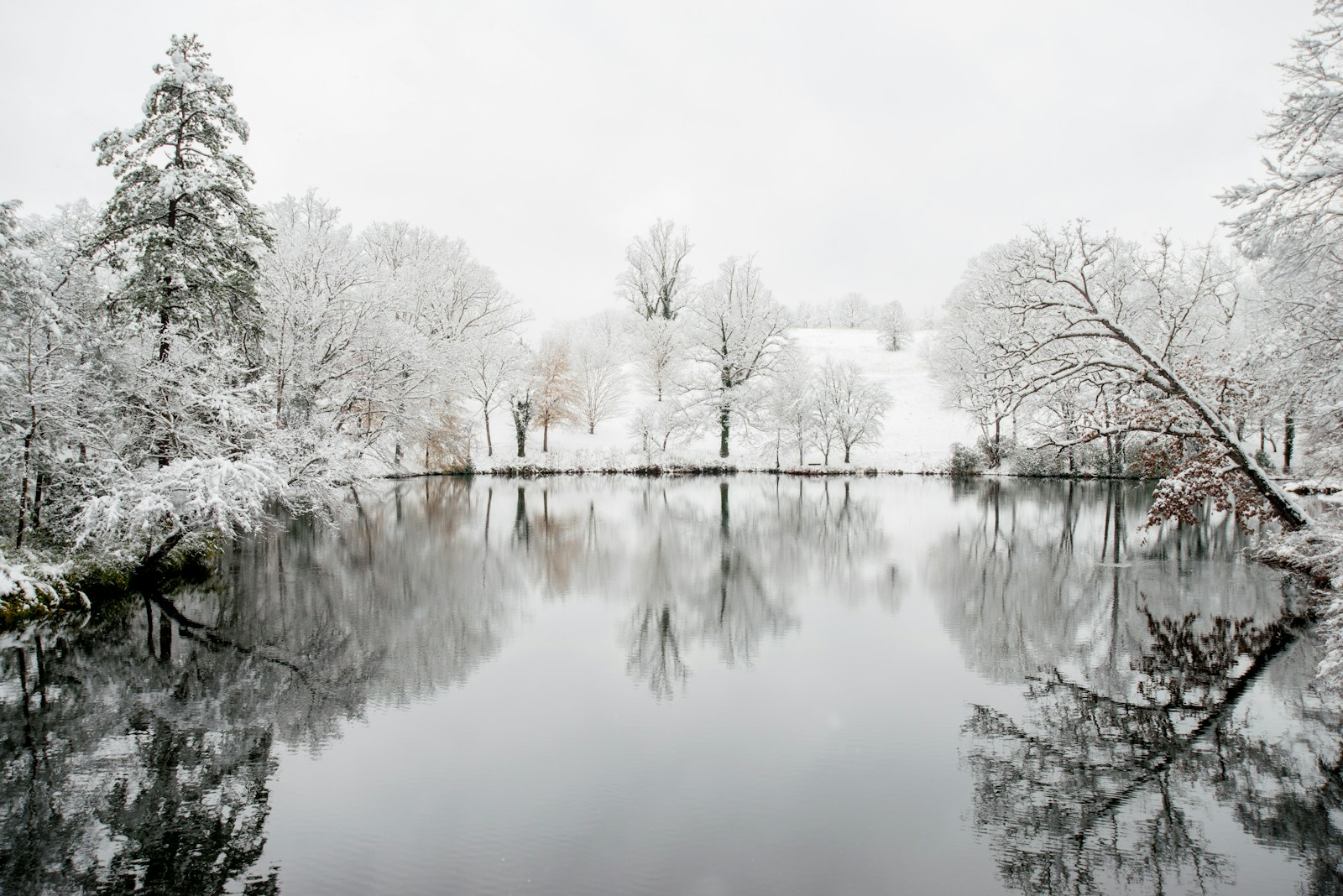The crisp air fills your lungs as you scan the pristine snowscape, your breath forming small clouds that dissipate into the winter sky. In the distance, a magnificent bull elk emerges from the treeline, his massive frame silhouetted against the white backdrop. Winter transforms wildlife viewing into something truly extraordinary—a season when many large mammals become more visible and their behaviors more predictable.
While most outdoor enthusiasts retreat indoors during the colder months, wildlife watchers know a secret: winter offers unparalleled opportunities for big game observation. From improved visibility to concentrated animal populations, the coldest season provides magical moments for those willing to brave the elements in pursuit of unforgettable wildlife encounters.
Enhanced Visibility in Winter Landscapes
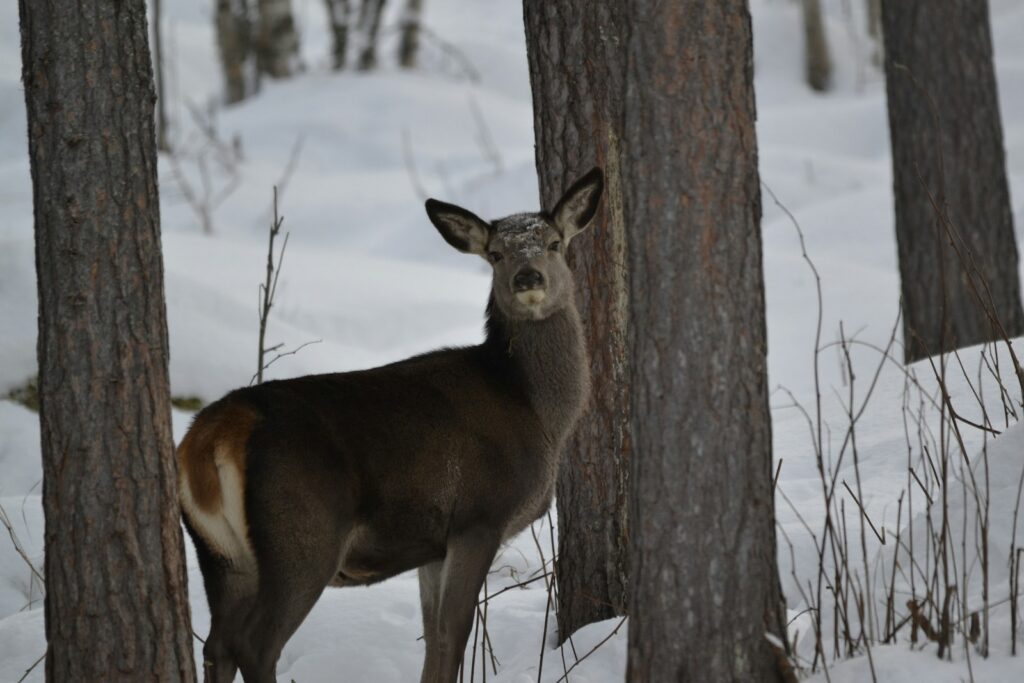
The barren winter landscape strips away the concealing foliage of summer, creating an open canvas where wildlife becomes dramatically more visible to patient observers. Trees stand naked against the sky, their leafless branches no longer providing cover for elusive creatures like deer, elk, and moose. Snow creates a stark contrast that makes dark-colored animals stand out prominently, turning what might be a fleeting glimpse in summer into an extended viewing opportunity in winter.
For photographers, this seasonal clarity offers the chance to capture images with exceptional detail and composition. Even in areas with partial tree cover, the simplified winter environment makes movement easier to detect, allowing wildlife enthusiasts to spot animals that would otherwise remain hidden among dense vegetation.
Concentrated Food Sources Draw Animals Together
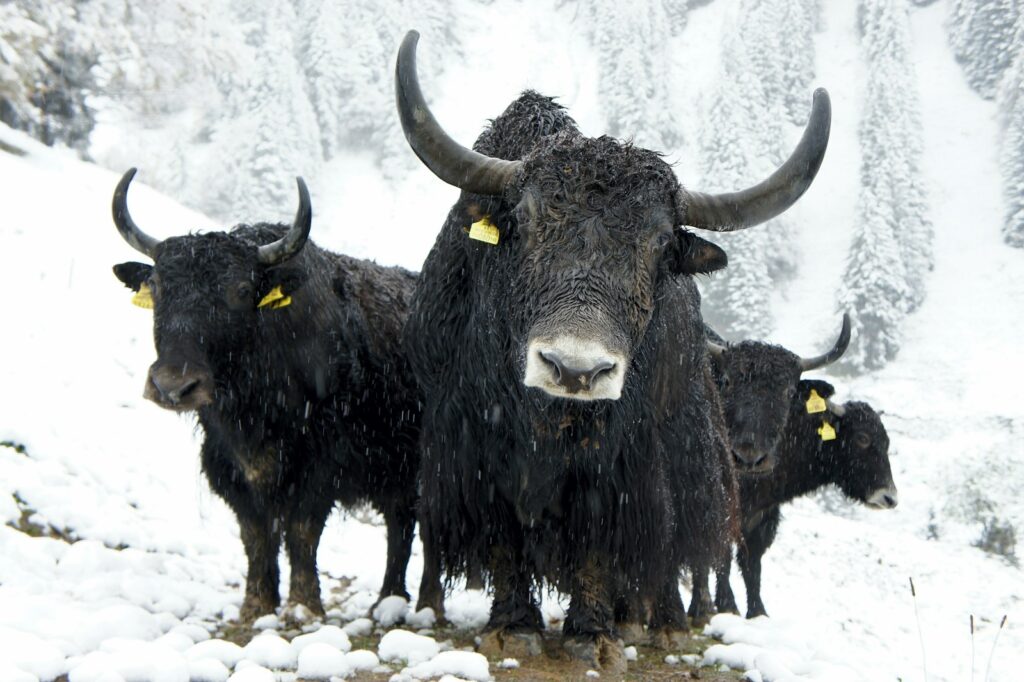
Winter’s scarcity forces big game animals to become more strategic about feeding, often concentrating them around limited food sources where observation becomes predictable. Deep snow pushes elk and deer herds to lower elevations where forage remains accessible, creating natural gathering points for these magnificent creatures. Ungulates like moose may concentrate around willow stands along rivers, creating reliable viewing locations that wildlife managers and experienced guides can predict.
This seasonal concentration means observers can position themselves strategically near known food sources with higher confidence of encountering multiple animals. The nutritional stress of winter also makes animals more tolerant of human presence as they prioritize feeding over fleeing, potentially allowing for closer and longer observations than possible during warmer months.
Tracking Made Easy in Fresh Snow
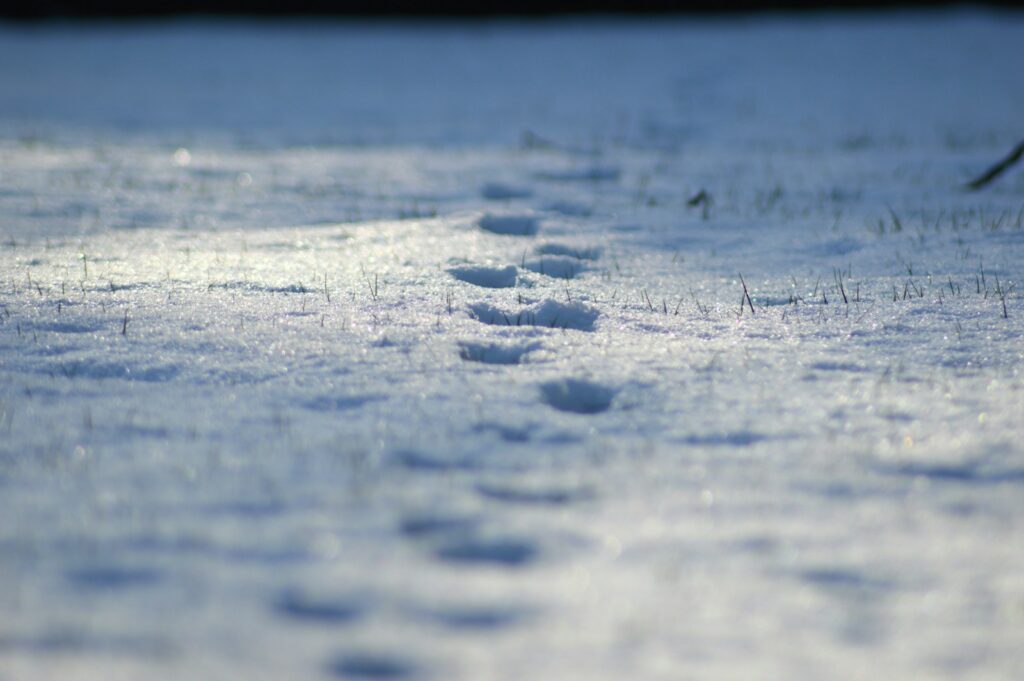
Fresh snowfall transforms into nature’s perfect record-keeping system, turning an ordinary winter walk into a detective story where each track reveals the recent passage of wildlife. Even novice trackers can follow clear hoofprints of deer, elk, and moose when they’re pressed into pristine snow, making winter the ideal season to develop wildlife observation skills. These tracks not only confirm an animal’s presence but often lead directly to the animal itself, particularly when they’re fresh and the creature hasn’t traveled far.
Snow tracking provides insights into animal behavior impossible to observe directly—revealing feeding patterns, travel corridors, bedding areas, and even interactions between predators and prey. The three-dimensional quality of tracks in deep snow can even help identify specific individuals based on their gait, weight, and unique movement patterns.
The Majestic Winter Appearance of Big Game
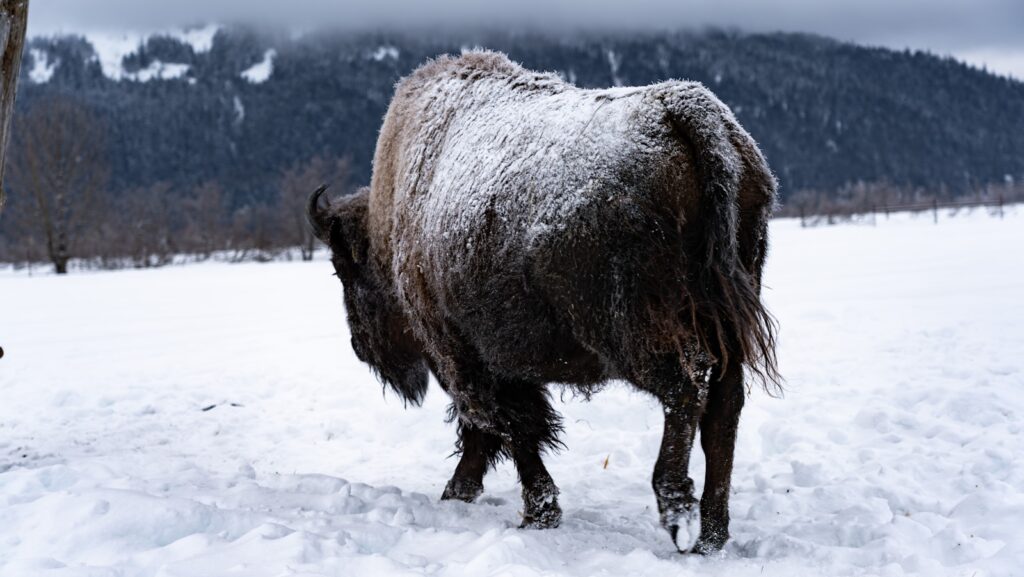
Winter transforms big game animals physically, presenting them in their most magnificent seasonal appearance that captivates wildlife enthusiasts. Bison and elk develop thick, insulating winter coats that make them appear more massive and impressive than their summer counterparts. Antlered species like moose and deer, if observed early in winter before shedding, display fully mature headgear that represents the culmination of a year’s growth and showcases their genetic fitness.
The contrast of dark fur against snow creates a photographer’s dream scenario, particularly in the golden light of winter’s low-angled sun. These visual transformations mean winter wildlife viewing offers aesthetically different experiences from summer observations, with many enthusiasts preferring the dramatic winter appearance of these iconic mammals.
Reduced Human Activity Creates Pristine Viewing Opportunities
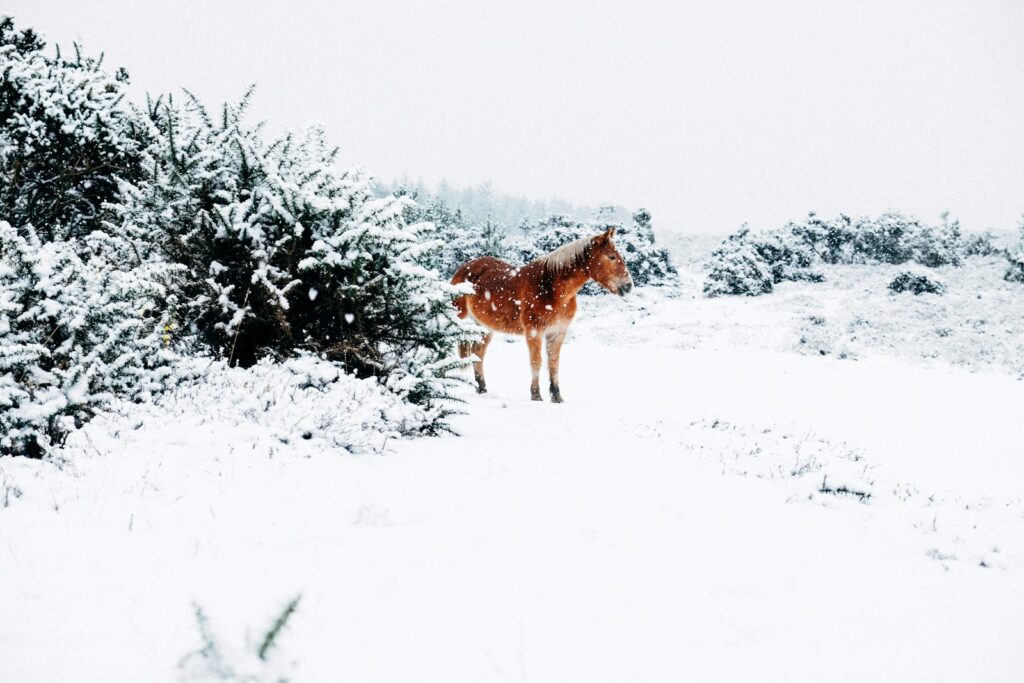
Winter’s challenging conditions naturally filter out casual visitors, leaving wildlife areas comparatively empty of human disturbance and creating exceptional viewing experiences. Popular national parks that might see thousands of daily summer visitors often become peaceful havens in winter, where wildlife can behave more naturally without constant human presence. This reduced human activity means animals often use roadways and paths for easier travel through deep snow, increasing the chances of encounters along accessible routes.
The quieter atmosphere of winter creates more intimate wildlife viewing opportunities, where observers can witness natural behaviors rather than the vigilant, human-aware reactions common in heavily trafficked summer months. For photographers and wildlife enthusiasts seeking authentic experiences, this reduction in human presence represents one of winter’s greatest gifts.
The Winter Rut of Bighorn Sheep
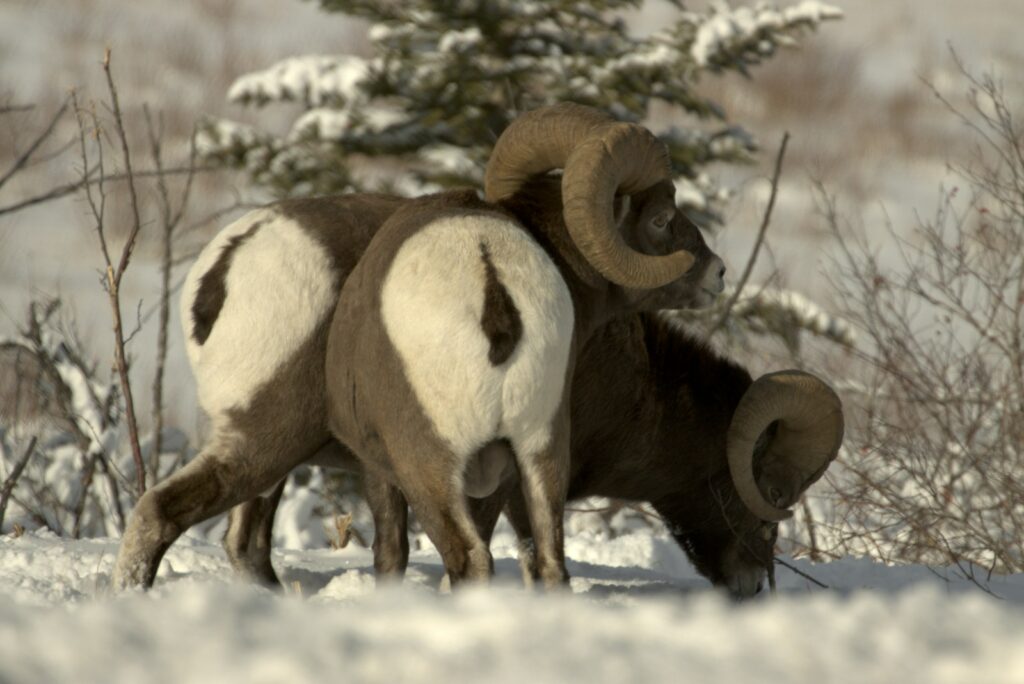
Unlike many other North American ungulates that breed in fall, bighorn sheep time their breeding season—known as the rut—during early winter, creating spectacular viewing opportunities of one of nature’s most dramatic courtship displays. Male rams engage in their iconic head-butting contests, with the resonant crack of horn against horn echoing across winter canyons as they establish dominance hierarchies. These dramatic confrontations see massive males rearing up on hind legs before charging forward at speeds approaching 20 mph, their curved horns absorbing tremendous impact.
The winter breeding season means observers can witness not just the battles but the entire courtship ritual, including males testing females’ receptiveness and the formation of breeding groups. Rocky Mountain and Desert Bighorn populations become particularly visible during this period as they congregate in traditional rutting grounds, often in areas with southern exposure where snow melts quickly.
Extended Activity Periods in Cold Weather
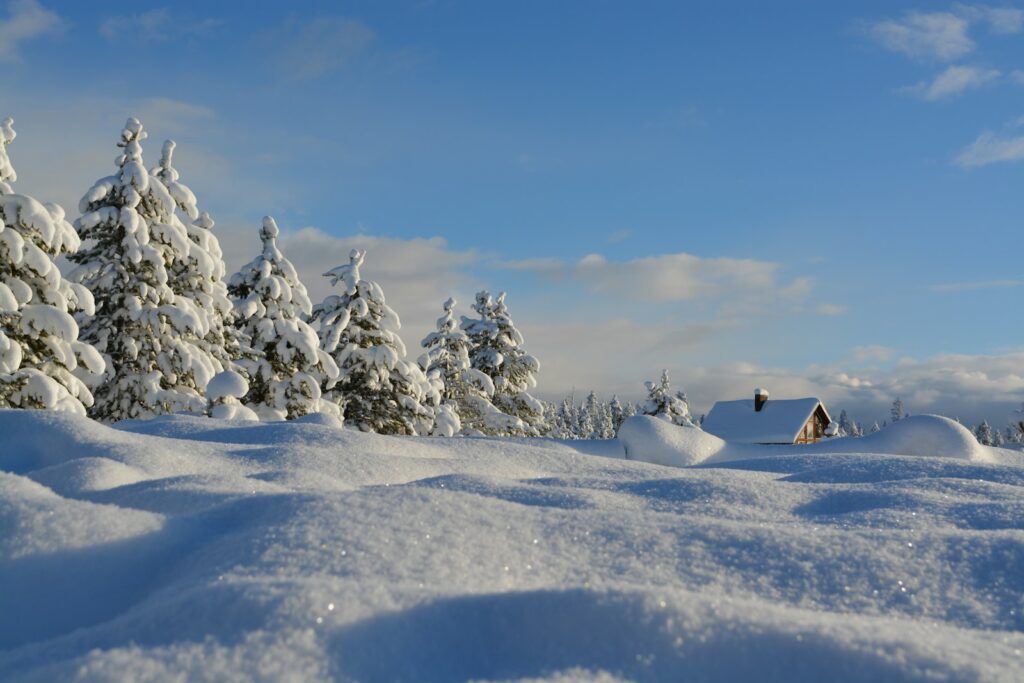
Summer heat often restricts big game movement to dawn and dusk, but winter’s cooler temperatures allow animals to remain active for longer periods throughout the day. This extended activity means wildlife watchers have larger windows of opportunity to observe natural behaviors beyond the limited crepuscular periods of warmer months. Many ungulates conserve energy during extreme cold by feeding steadily throughout daylight hours rather than retreating to cover, creating excellent midday viewing potential.
The need to maintain caloric intake during winter means animals often continue foraging even when humans are present, rather than immediately fleeing as they might during seasons of abundance. For photographers, this expanded activity period combines with winter’s favorable lighting conditions to create ideal shooting scenarios throughout the day.
Winter Wolf Watching Reaches Its Prime
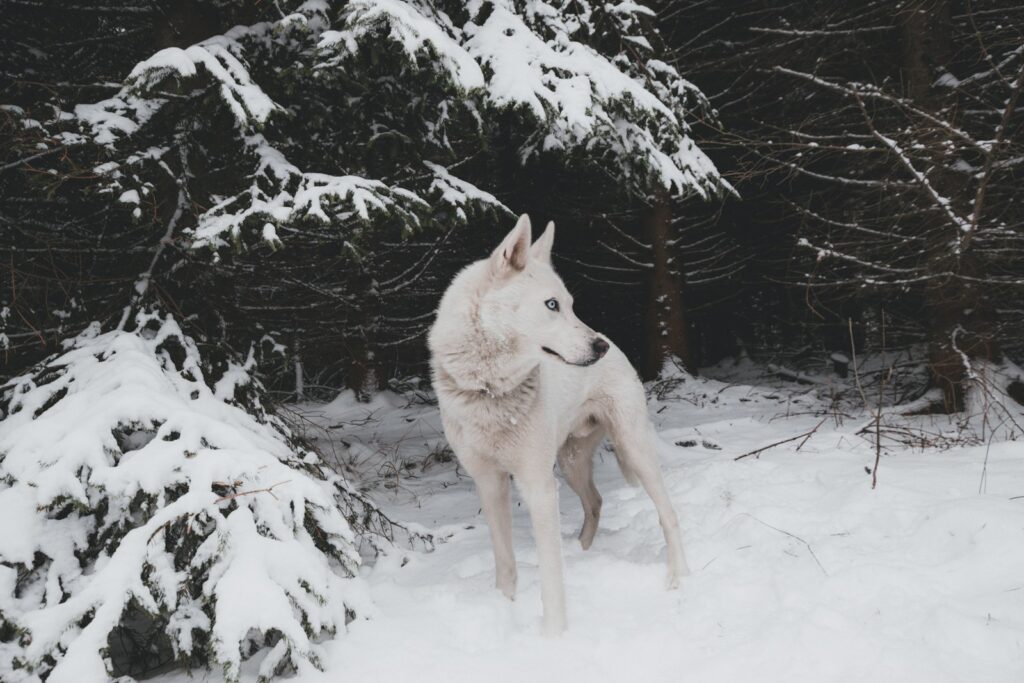
Wolf observation reaches its annual peak during winter months, when pack activities become more visible against the snow and their prey concentration creates predictable hunting patterns. The contrast of dark wolf fur against white landscapes makes these elusive predators easier to spot, even at considerable distances where spotting scopes become essential tools. Winter packs often travel together as cohesive units on hunting expeditions, increasing the likelihood of observing multiple wolves rather than solitary individuals.
Places like Yellowstone’s Lamar Valley transform into wolf-watching meccas between December and March, when dedicated observers regularly witness hunting strategies, territorial behaviors, and pack dynamics impossible to see during greener seasons. These wolf encounters represent some of North America’s most sought-after wildlife experiences, drawing dedicated enthusiasts who brave sub-zero temperatures for a chance to witness these apex predators in their element.
Spectacular Moose Viewing Opportunities
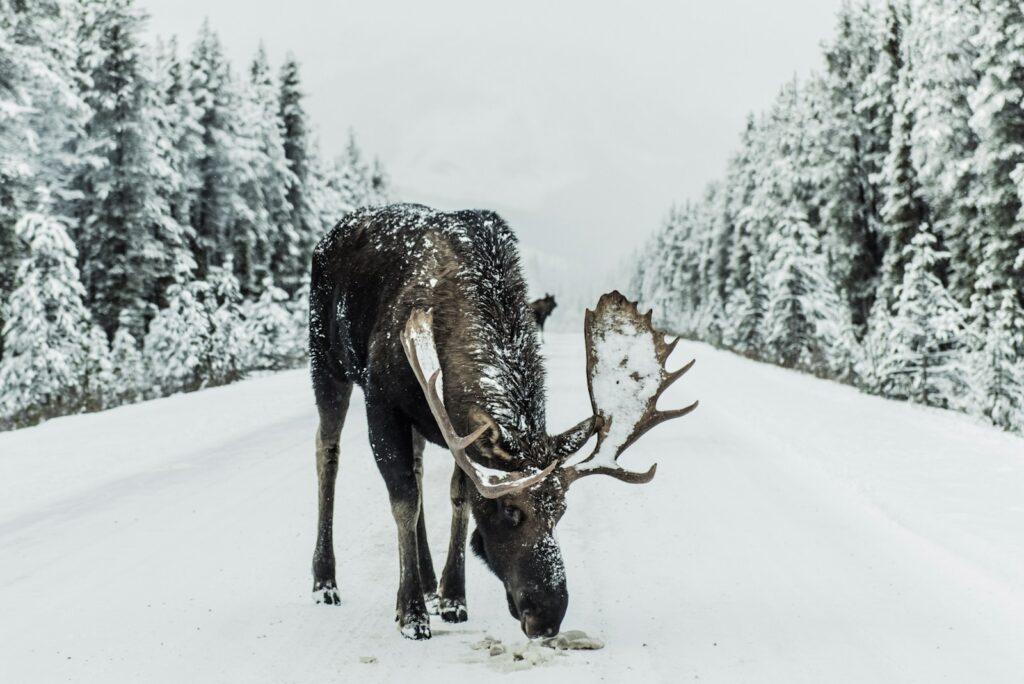
Winter represents the premier season for moose observation, as these massive browsers descend from higher elevations to navigate areas with manageable snow depths. Bull moose, having shed their energy-draining antlers by mid-winter, focus entirely on survival, often becoming more tolerant of careful human observers than during the hormone-driven rut season. Their dark bodies stand out dramatically against snow-covered landscapes, making them visible at much greater distances than during green months when they blend with vegetation.
Winter pushes moose to concentrate around willow thickets along rivers and wetlands, creating reliable viewing locations in places like Grand Teton National Park, Alaska’s Kenai Peninsula, and Minnesota’s north woods. Experienced wildlife watchers know that witnessing a massive bull moose moving powerfully through deep snow, steam rising from its nostrils, ranks among North America’s most impressive wildlife spectacles.
Preparation and Safety for Winter Wildlife Viewing
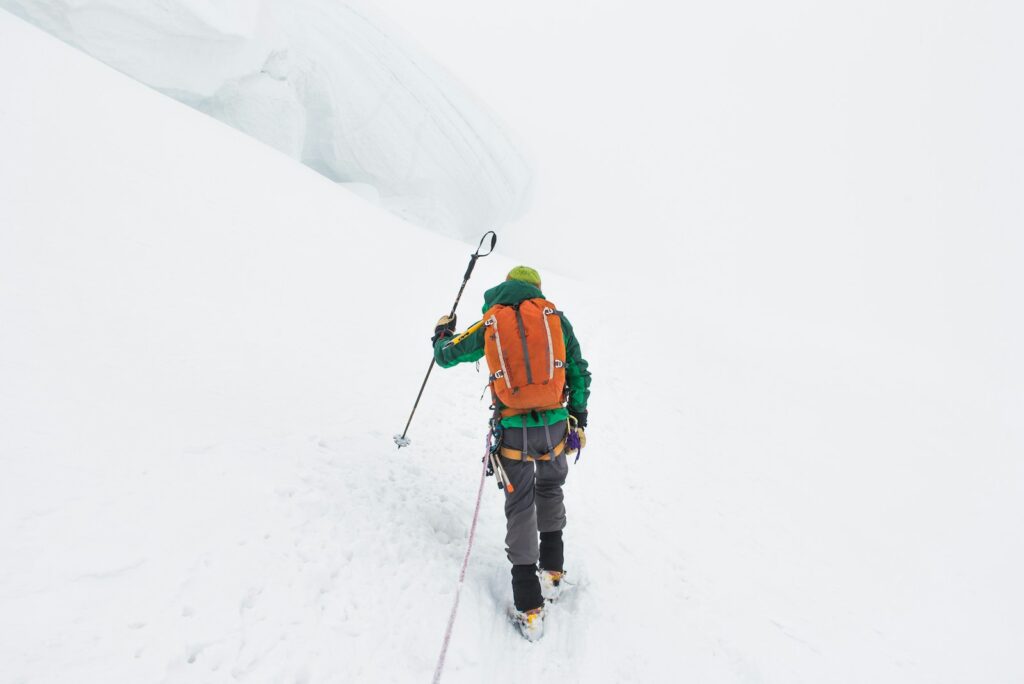
Successful winter wildlife watching demands specialized preparation beyond standard outdoor gear, beginning with layered clothing systems that balance warmth during stationary observation with ventilation during movement. Quality optics become even more crucial in winter, when greater viewing distances are common and the ability to observe without disturbing wildlife determines success. Vehicle preparation requires particular attention, including emergency supplies, communication devices, and recovery equipment for areas where cell service remains nonexistent.
Wildlife observers must maintain heightened awareness of personal safety limits—hypothermia, changing weather conditions, and shorter daylight hours create risks that require respect and preparation. The rewards of winter wildlife viewing justify these precautions, but only when pursued with proper equipment, knowledge, and a safety-first mentality that acknowledges winter’s unforgiving nature.
Ethical Considerations for Winter Wildlife Observation
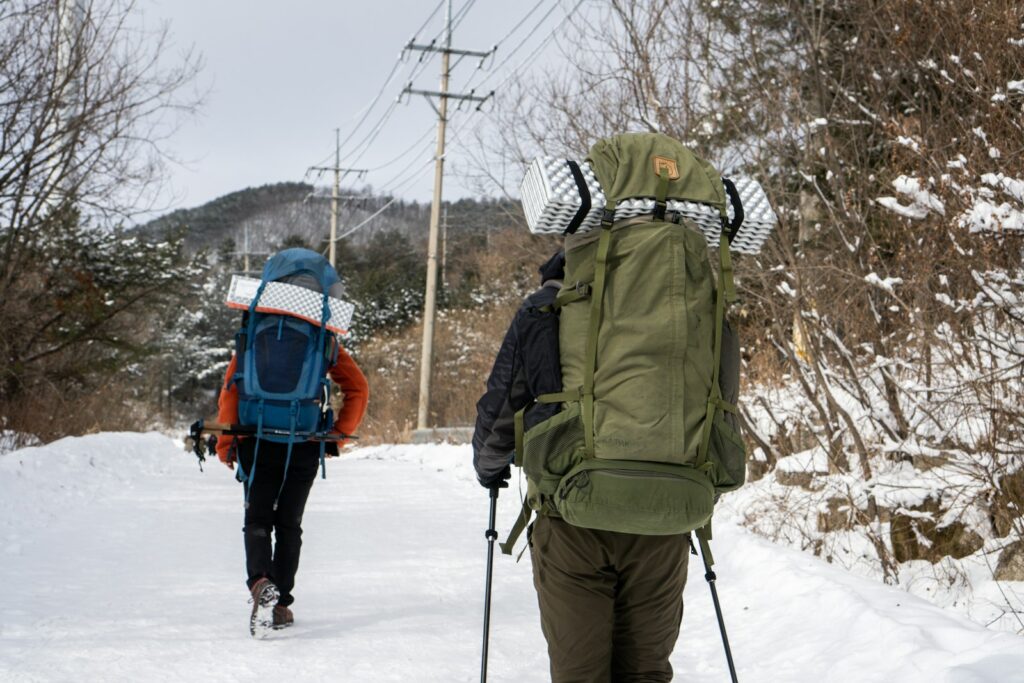
Winter represents a critically vulnerable period for big game, requiring observers to practice heightened ethical awareness to avoid adding stress to already challenged animals. Maintaining appropriate viewing distances becomes even more crucial during winter, when forcing an animal to flee through deep snow consumes precious calories that might determine survival. Understanding signs of stress—such as ears pinned back, altered feeding patterns, or direct stares—allows responsible observers to retreat before causing harmful disturbance.
Responsible wildlife watchers remain on designated roads and trails, recognizing that creating new paths through snow can inadvertently channel animals into areas of increased predation risk or human conflict. The privilege of winter wildlife viewing carries the responsibility to become ambassadors for conservation, educating others about the importance of minimizing impact during this critical survival period.
Targeting Winter Wildlife Hotspots Across North America
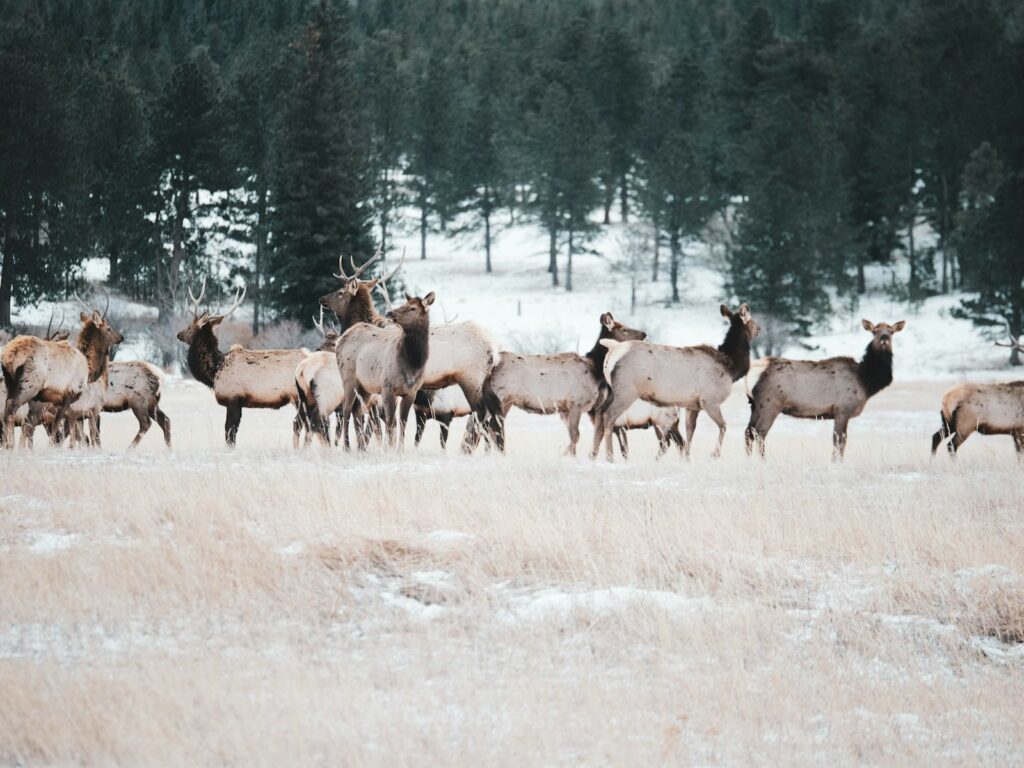
North America offers several premier destinations where winter big game viewing reaches exceptional levels, with Yellowstone National Park standing as the continent’s crown jewel for diversity and accessibility. The National Elk Refuge near Jackson, Wyoming provides guaranteed winter elk viewing opportunities, with thousands of animals concentrated where supplemental feeding creates a wildlife spectacle visible by guided sleigh rides. Rocky Mountain National Park’s winter elk herds offer accessible viewing along the park’s eastern boundary, where animals congregate at lower elevations within easy observation distance of established roads.
For moose enthusiasts, Maine’s Allagash Wilderness Waterway and Minnesota’s Superior National Forest provide reliable winter observation opportunities in environments adapted to accommodate cold-weather visitors. Each destination offers unique combinations of accessibility, species diversity, and supporting infrastructure that can transform challenging winter conditions into manageable wildlife viewing adventures.
Conclusion: Unforgettable Winter Wildlife Encounters Await You
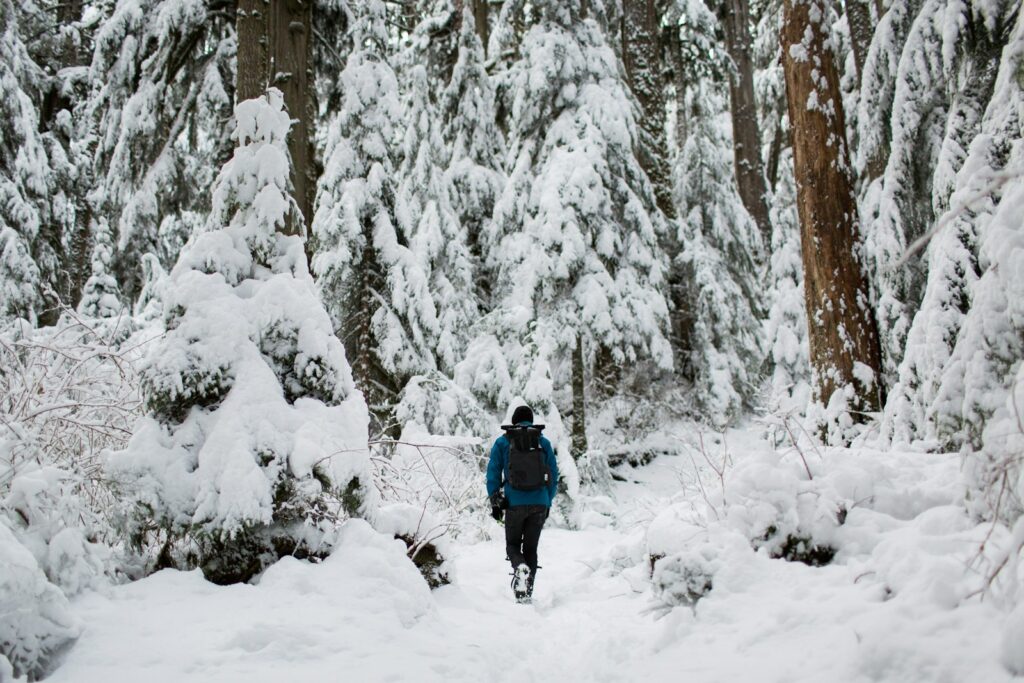
Winter transforms wildlife viewing from a casual activity into an extraordinary adventure where preparation meets opportunity. The season’s challenges—cold temperatures, difficult travel, and shorter days—become worthwhile tradeoffs for those magical moments when a wolf pack traverses a snow-covered valley or a massive bull moose materializes from a frosty forest edge. The enhanced visibility, concentrated animal populations, and reduced human presence create a perfect alignment of factors for wildlife enthusiasts willing to venture into winter’s embrace.
For those prepared to respect both the elements and the animals’ vulnerability during this critical season, winter offers wildlife encounters of unparalleled intimacy and authenticity. The profound silence of a snow-covered landscape, broken only by the sound of approaching wildlife, creates memories that summer’s more accessible but crowded experiences simply cannot match.

